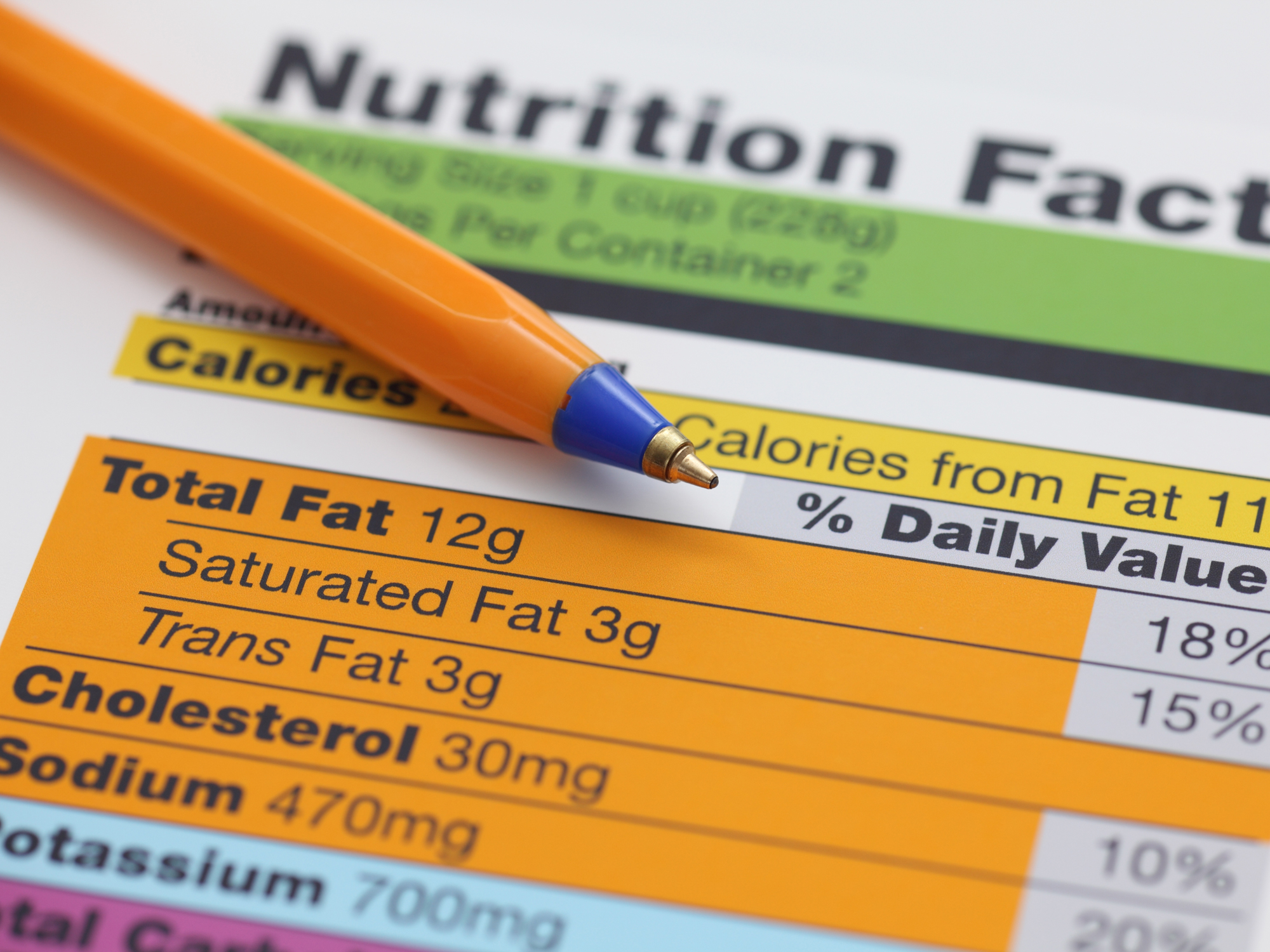Get Easy Health Digest™ in your inbox and don’t miss a thing when you subscribe today. Plus, get the free bonus report, Mother Nature’s Tips, Tricks and Remedies for Cholesterol, Blood Pressure & Blood Sugar as my way of saying welcome to the community!
The big fat myth: Healthy fats made easy

In part one of my series on the big fat myth, we covered the latest evidence around fat — busting quite a few nutrition myths that are deeply embedded as “norms” in society.
But science provides the evidence that fat is not as bad as we’ve all been led to believe. And in fact, it could play a protective role, rather than a harmful one.
So, now that you know the truth and have read the evidence, let’s get down to the practical stuff — the best types of fats to include in your diet. And don’t worry, I’ve done all the work and research for you… so be sure to save this post for future reference.
Now, let’s get started…
There are four categories of fats:
- Trans
- Saturated
- Polyunsaturated
- Monounsaturated
We’ll go through them one by one and by the time we’re finished, the whole fat confusion should be well and truly cleared up for you.
Trans fats
Trans fats are the health destroyers found predominantly in processed and packaged foods such as margarine, pastries, cakes and microwave meals, among other things.
Because these foods use liquid oils, the process of hydrogenation converts those oils to solid forms that are more stable and have a longer shelf life. This process produces trans fats. Consuming even small amounts of trans fats harms your health and increases your risk of heart disease.
Saturated fats
This is the most controversial and highly debated form of fat in our diet. Although saturated fats are lumped together, there are different “chains” of fats and according to research these have different effects on our health.
For instance, coconut oil is a medium chain fatty acid with a wide range of positive health benefits. Butter contains healthy short chain saturated fats such as butyric acid, a fatty acid associated with lower risk of heart disease.
Meat contains longer chain saturated fats that may influence metabolism in slightly negative ways — there is still mixed debate on this one. However, meat is an incredibly nutrient-dense food, containing protein and essential vitamins and minerals, therefore, meat should not be avoided.
Instead, the popular advice to choose lean cuts of red meat is the best option here. You also want to avoid processed meats of all kind or at least minimize them as much as possible (cancer is just one reason why).
Polyunsaturated fats
Like saturated fats, polyunsaturated fats are lumped into the same category but there are actually two types — omega-3 and omega-6.
The short of it is that omega-3 fats are anti-inflammatory and omega-6 fats are proinflammatory. Heart disease is an inflammatory condition, therefore, high omega-6 intake may increase your risk.
The best health strategy here is to consume less omega-6 fats and more omega-3s.
I’ve covered why it’s a good idea to give your body an omega-3/6 oil change before — that article also includes omega-3/6 food sources to focus on.
Monounsaturated fat
Monounsaturated fats are the healthiest fat source all round. These have been shown to significantly reduce heart disease risk, aid blood glucose control, reduce inflammation, increase metabolism, assist with weight loss, and much more.
Chicken, turkey, and pork are higher in monounsaturated fat. One key thing to point out here though, is that most fat sources include all three types of fats.
Take this chart as an example:
Image Courtesy: dietaryguidelines.gov
See how the fats and oils contain different ratios of all three fats?
In terms of super healthy monounsaturated fats, consume these types on an everyday basis:
- Olive oil
- Olives
- Macadamia nut oil
- Avocado
- Nuts, especially macadamia nuts, hazelnuts, pecans and almonds.
Fat is not something to be feared. The fact is we need fat for many functions in the body — for the production and formation of bile acids, sex hormones, adrenal hormones, vitamin D and more.
Fats also helps to strengthen all our cell membranes and transports fat soluble substances like vitamins and hormones around our body and in and out of cells. Without fat we simply wouldn’t survive.
One thing is clear, a high sugar and high fat diet combined are a cocktail for ill health. Therefore, the most important thing is, if you eat a higher fat diet, you also need to base the rest of your foods on healthy, whole food sources, with an abundance of non-starchy vegetables.
Editor’s note: Feeling — and looking — young, fit and healthy is not as complicated as you might think. In Dr. Cutler’s free report, you can read about 10 easy steps to a total health makeover based on just 7 basic fundamentals that cover ALL the bases… My favorite is #7: Indulge occasionally! To read it today, click here!













